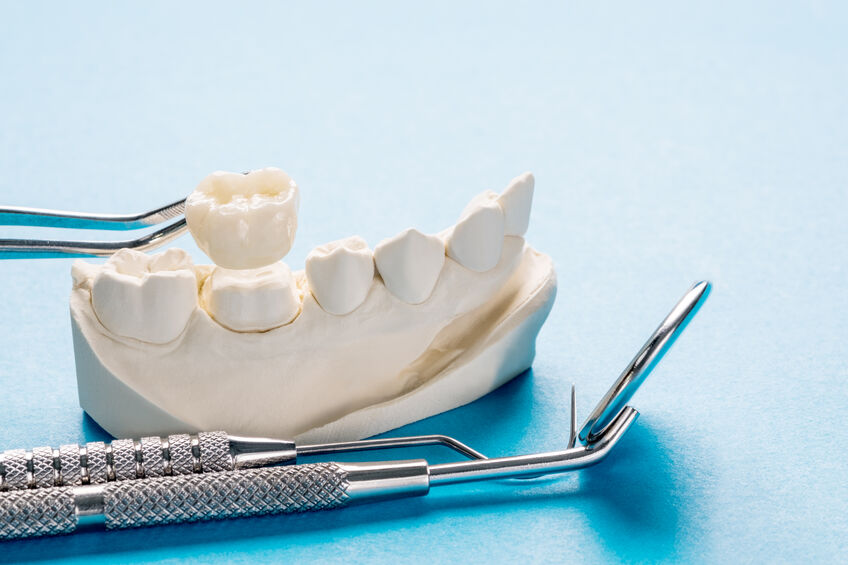
Did you know the final week of April is National Prosthodontics Awareness Week? If you’re not a member of the dental community, chances are this slipped under your radar. In fact, you may not have much knowledge about prosthodontics at all. So, what is it and why is it significant enough to have an entire week of awareness dedicated to it? Allow us to break it down.
What is Prosthodontics?
Recognized by the ADA, prosthodontics is a dental specialty centered on the restorative treatment and maintenance of oral esthetics and functionality with the use of dental prosthetics. Prosthodontics aims to remedy dental conditions tied to damaged or missing teeth and maxillofacial tissue.
Types of Prosthodontics
There are four branches of prosthodontics, including:
Fixed Prosthodontics
As the name suggests, fixed prosthodontics are permanent and can include everything from inlays, onlays, artificial teeth, crowns, and bridges to the increasingly popular veneers. Since they are attached directly to the jawbone, fixed prosthodontics are a very stable option, giving you the most natural look and feel.
Removable Prosthodontics
Dentures are among the most recognizable form of removable prosthodontics. Rather than being permanently fixed to the mouth, removable prosthodontics can be taken out for cleaning. We may see patients opt for removable over fixed because it allows you to correct teeth, gums, or oral tissue at a more cost-effective price.
Implant Prosthodontics
Dental implants are custom-tailored to each patient and utilize small titanium rods to secure the prostheses. These may include fixed or removable implant dentures, large bridges, or individual crowns. Implant prosthodontics are highly common for patients who have lost an entire tooth or multiple teeth.
Maxillofacial Prosthodontics
This branch of prosthodontics goes beyond the teeth themselves. It is used to correct malformation or missing oral tissue caused by congenital disorders, or diseases or injuries brought on later in life. Treatment may consist of intra-oral prostheses, such as palate lifts, covers, and drops, or a complete jaw replacement.
The Difference Between Dentists and Prosthodontists
A general dentist is trained to conduct routine dental care and minor dental procedures. While they may receive training in other, more complex areas, a prosthodontist is a doctor who has highly trained and skilled in the specifics of prosthodontics. In addition to receiving their DDS or DMD accreditation, those who wish to go on to practice this dental specialty must also complete up to three years of additional training. Choosing to have a dental procedure done by a prosthodontist ensures you will receive top-quality, long-lasting results.
The Center for Implant Dentistry in Bakersfield, CA, a supplemental practice of Capital Dental Group, is home to multiple dental specialists, including prosthodontist Dr. Robert Willis. By having general dentists and dental specialists at the same location, Capital Dental Group can provide a wide range of dental services under one roof. If you are interested in meeting with our prosthodontists for an oral health analysis to determine if you can benefit from prosthodontics, contact us today at 661-663-9600 to schedule an appointment.
